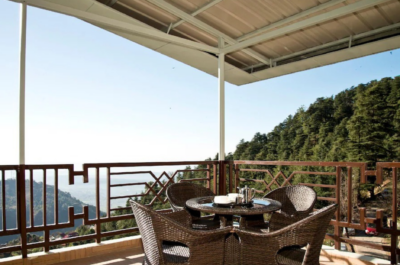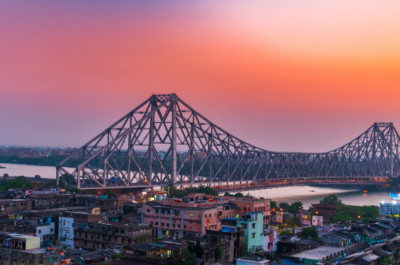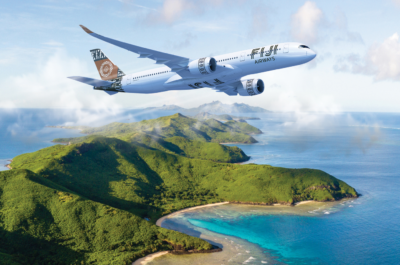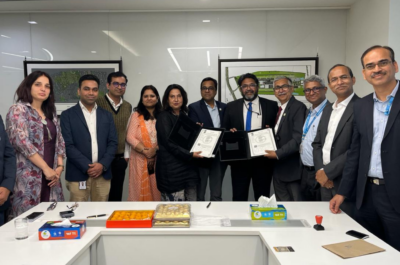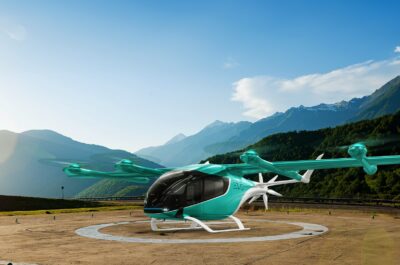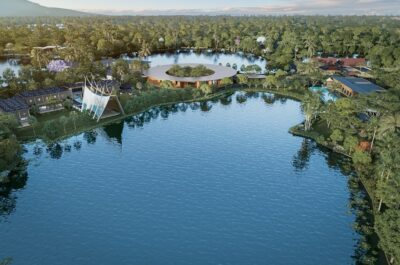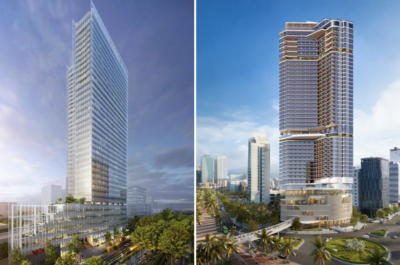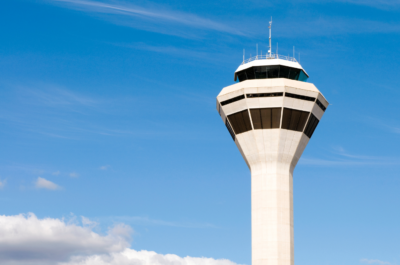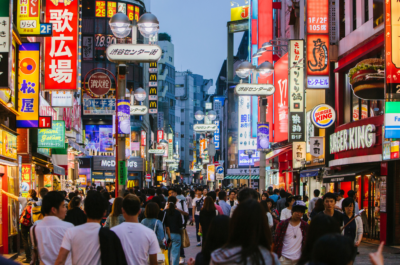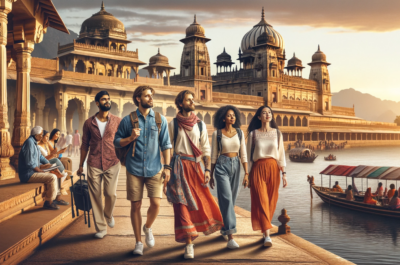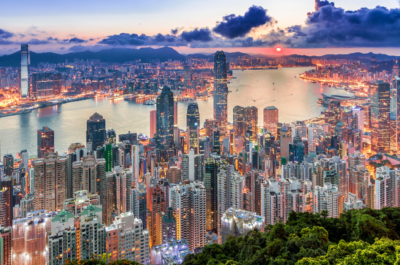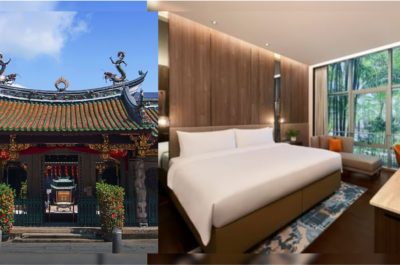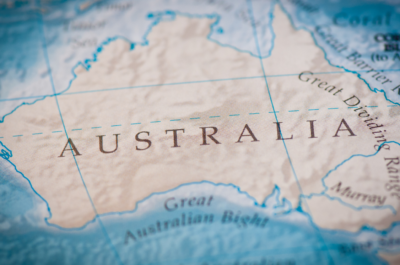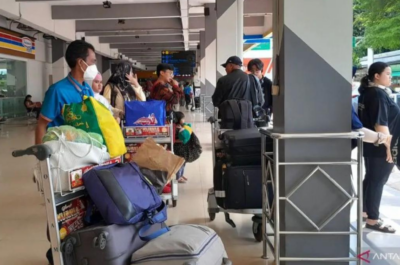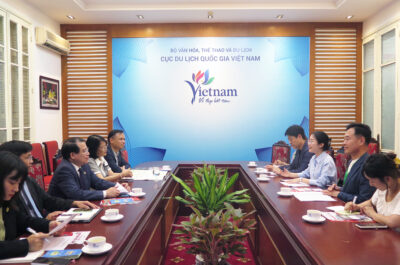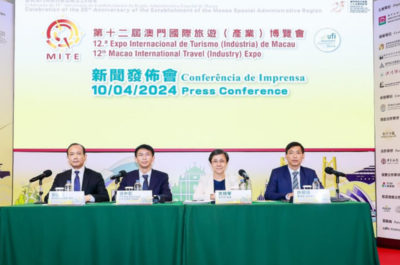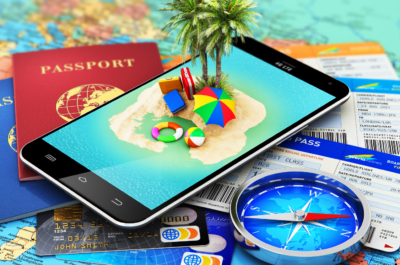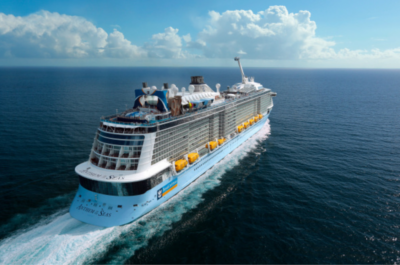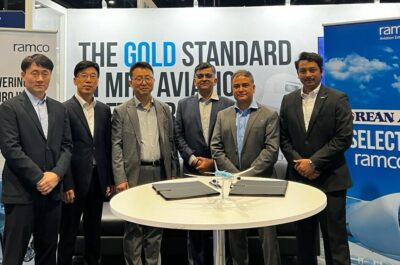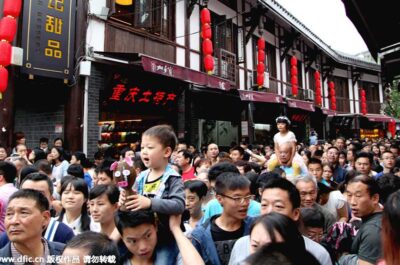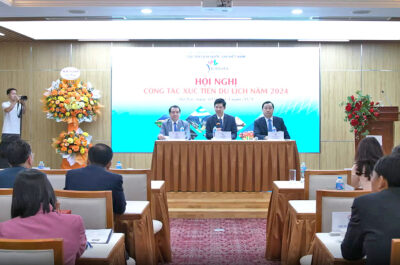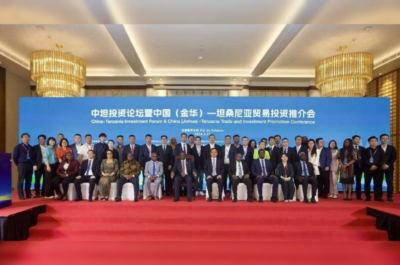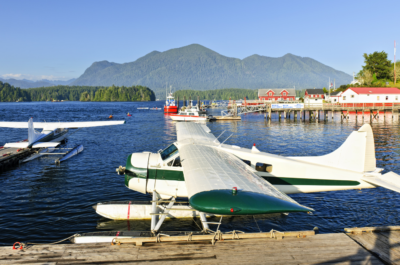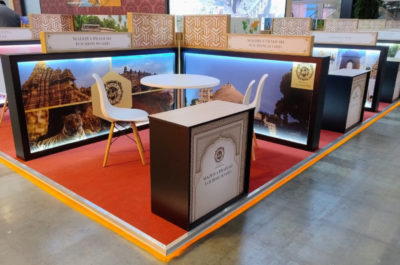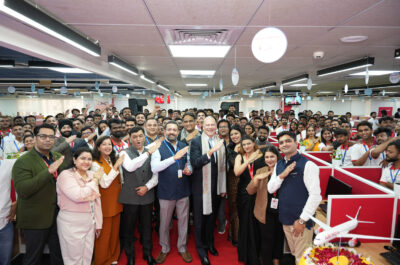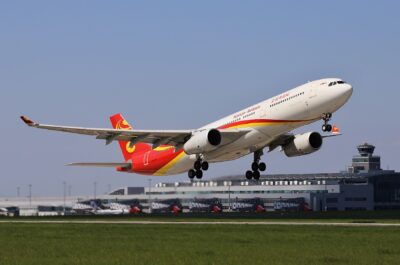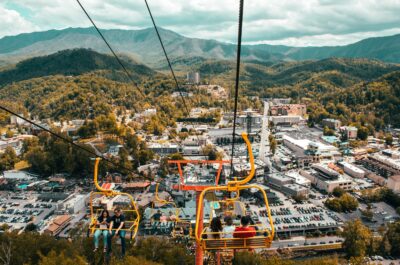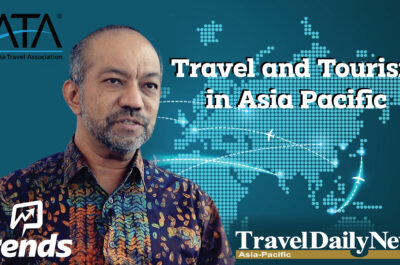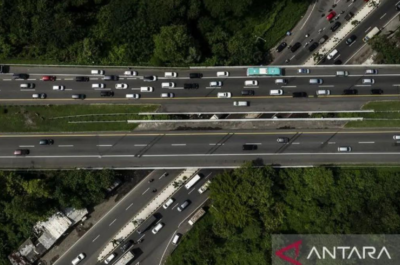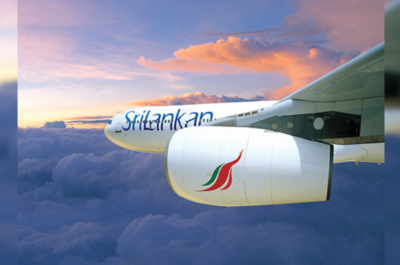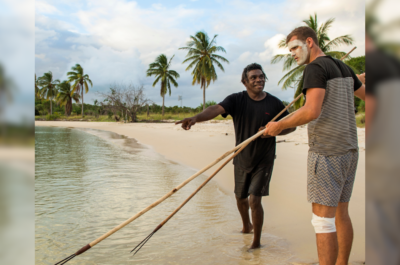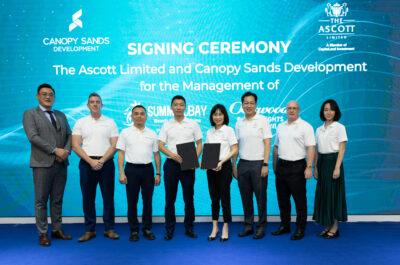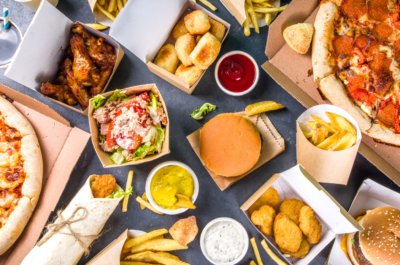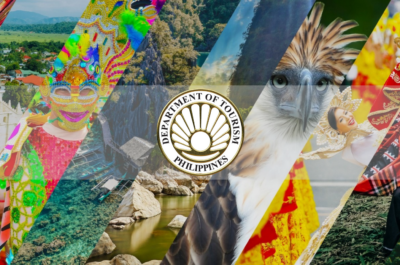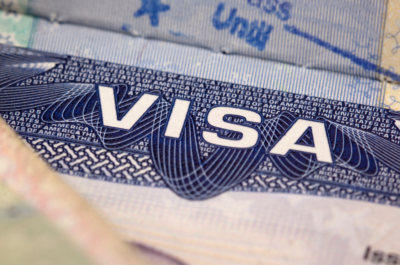
4 Actionable Insights Into Digital Consumer Behaviour in the Travel and Hospitality Industry.
By Albert Nel, Senior Vice President, Asia Pacific & Japan, Contentsquare.
With the increase in appetite for travel across APAC comes the expectation for more seamless and rewarding digital journeys. As travellers eagerly plan and prepare for their first trip in years, some have been subjected to sub-par experiences, with various travel disruptions due to staffing issues and evolving border restrictions. And while the actual travel experience may be subject to unpredictable obstacles, the online travel booking experience really shouldn’t be.
Now is the perfect time for travel and hospitality brands to level up their digital experience offering in preparation for customers eager to plan their next vacation. Understanding what is causing frustration among digital visitors is the first step in creating seamless web and app journeys ahead of the actual trip.
Here are the key findings from Contentsquare’s 2022 Travel Digital Experience Benchmark Report to help the travel and hospitality sector set their digital strategy for success.
1 23% of APAC traffic to travel and hospitality sites is mobile
Mobile accounted for nearly a quarter (23%) of online traffic in 2021. APAC travellers are clearly happy to browse for holidays and experiences on their smartphones.
In order to win customers, travel brands need to ensure their mobile experience is smooth and logical by using data-driven insights to optimise their mobile sites and apps. Only by understanding their mobile journey and the unique needs of customer segments can brands streamline their travel site’s UX to increase conversion rate and revenue. Take it from the pros: By leveraging user experience insights to optimise its mobile booking experience, a leading hotelier gained a US$95k increase in yearly revenue.
2 Travellers spend more time researching on desktop
When it comes to time spent browsing, users are more likely to spend longer browsing on desktop (7.8 minutes per session) compared with mobile (6.2 minutes per session). The same proportion is also reflected in the time spent during a buying session, with users spending up to 40 minutes on desktop compared to 33 minutes on mobile. This indicates that mobile users prefer it short and snappy, while desktop users are willing to spend more time looking for their next adventure.
Today’s customer is largely device agnostic, and consumers expect brands to meet them wherever they are and whenever they choose. eIn order to create standout experiences across channels, brands must understand what customers are trying to achieve and how they want to go about it. From casual mobile browsing sessions and analytical desktop sessions (via everything in between), it is important to tailor customer journeys to the needs of each audience.
3 Bounce rates are still high for travel and tourism brands at 47.8%
Over 47% of travel website visitors abandon their journey after viewing just one page. While this is down slightly from 50% in 2020, it is still just under half of users bouncing after viewing just one page and shows there’s plenty of work to be done by travel brands to create seamless digital experiences that entice customers enough to stick around past page one.
Alongside bounce rate metrics, travel brands should consider analysing the scroll rate and content engagement patterns for bounced visitors to help them further refine high-traffic landing pages to ensure visitors are finding content that is relevant, engaging, and useful. This will help to reduce bounce rates and increase the number of journeys that result in bookings.
To really understand why users are bouncing, travel brands need more insights than their typical analytics tools can provide — they need a holistic view of the entire customer journey and any obstacles along it.
4. The average conversion rate is still below 1% in the travel and hospitality industry
The average conversion rate is 0.7% for the travel and hospitality industry, no change from 2020, despite easing of COVD-19 restrictions globally.
As travel restarts for the APAC region, travel brands will need to optimise their customer journeys to increase the number of people taking the desired action on their sites. Analysing the conversion rate against industry benchmarks can help provide an accurate picture of the brand’s performance against your peers and/or industry trends.
Albert Nel is Senior Vice President, Asia Pacific & Japan at digital experience analytics platform Contentsquare. With over two decades of experience in the information technology and services industry, Albert is focused on building trusted partnerships and helping customers understand the business value of tech investments and supporting them through technology transformations.



















